SOURCE: RAUNAK KUNDE / NEWS BEAT / IDRW.ORG

Flight Lieutenant Kambampati Nachiketa, Squadron Leader Ajay Ahuja, and Wing Commander Abhinandan Varthaman—these names evoke stories of bravery and resilience. They also share a common thread: each had to eject from their fighter jets and landed in Pakistani-Occupied Kashmir (POK) during critical missions, whether in the Kargil War or the 2019 air skirmish.
These incidents underscore a crucial issue in modern aerial warfare: the need for advanced systems to prevent Indian fighter jets from straying into enemy airspace. In response, the Indian Air Force (IAF) is implementing several technological advancements to tackle this problem effectively.
Continue readingSOURCE: AFI

The Indian Air Force (IAF) has taken delivery of the third of 56 Airbus C295 aircraft, marking a significant step forward in its program to modernize its transport fleet. This aircraft, delivered on May 28th, joins the two previously received C295s and paves the way for the complete replacement of the aging Avro-748 fleet.
The C295 acquisition signifies a powerful example of cross-cultural collaboration. Airbus Defence and Space, the manufacturer of the C295, and Tata Advanced Systems Limited (TASL) have joined forces to establish a pioneering “Make in India” aerospace partnership. This program ensures not only the delivery of these vital transport aircraft but also fosters domestic production capabilities.
Continue readingSOURCE: AFI
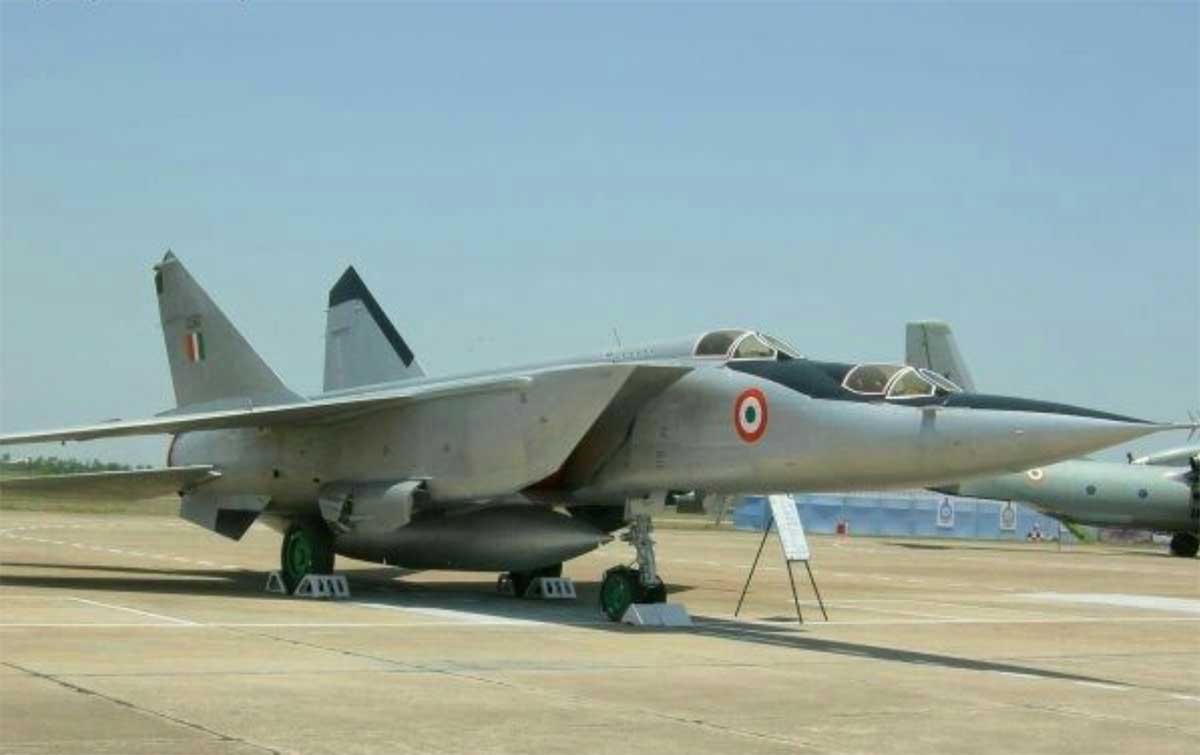
The air war over Ukraine has showcased the formidable capabilities of the Russian air force’s Mikoyan MiG-31BM interceptor, particularly when paired with its very-long-range R-37M missile. This combination has given Russia a significant aerial advantage, even as the wider conflict continues to unfold. However, this prompts an interesting comparison with the Indian Air Force’s historical use of the MiG-25 and its subsequent decision regarding the MiG-31.
The Indian Air Force (IAF) utilized the MiG-25 long-range interceptor/reconnaissance aircraft with great effectiveness. The MiG-25, known for its exceptional speed and high-altitude capabilities, was unrivaled in South Asia. During the Kargil War, the MiG-25 played a crucial role in gathering intelligence over Pakistani soil, taking detailed photographs of strategic locations without any competitor in the region able to match its performance.
Continue readingSOURCE: IDRW.ORG

A video currently going viral on social media platform X has sparked a flurry of speculation and concern. The footage shows the remains of a missile, reportedly fired by Israeli aircraft at a United Nations shelter in Gaza, bearing the label “Made in India.” This has led to widespread debate and controversy regarding India’s involvement in the manufacturing and supply of weapons used in the ongoing conflict.
As the video gained traction online, many were quick to jump to conclusions about India’s role in supplying arms to Israel. The “Made in India” label visible on the missile remnants suggested to some viewers that India might be directly involved in providing weaponry used in the attack on the UN shelter. The video rapidly went viral, prompting intense scrutiny and calls for clarity from various quarters, including international observers and political analysts.
Continue readingSOURCE: IDRW.ORG

The Indian Army has taken a significant step towards self-reliance in defense technology by awarding a contract to Johnnette Technologies Private Limited. This strategic deal involves the procurement of 150 state-of-the-art loitering munitions, known as the JM-1, marking a major milestone under the Atmanirbhar Bharat initiative.
Johnnette Technologies, a leader in indigenous defense solutions, developed the JM-1 specifically for tactical operations. This precision-guided loitering munition leverages advanced technology to enhance the Indian Army’s tactical edge. The JM-1’s unique AI-powered algorithm enables it to precisely strike targets even at high altitudes exceeding 18,000 feet.
Continue readingSOURCE: RAUNAK KUNDE / NEWS BEAT / IDRW.ORG

The race for India’s next-generation fighter jet engine has intensified as French aerospace giant Safran has upped its offer. Following their proposal for complete technology transfer (ToT) for the joint development of an engine for the Indian Multi-Role Helicopter (IMRH) program, Safran has extended the same offer for the much-anticipated 5th generation Advanced Medium Combat Aircraft (AMCA) program.
This move by Safran positions them as a frontrunner in the competition, which also includes established names like General Electric (US) and Rolls-Royce (UK). The key differentiator is the 100% ToT, including Intellectual Property Rights (IPR), offered by France.
Continue readingSOURCE: RAUNAK KUNDE / NEWS BEAT / IDRW.ORG
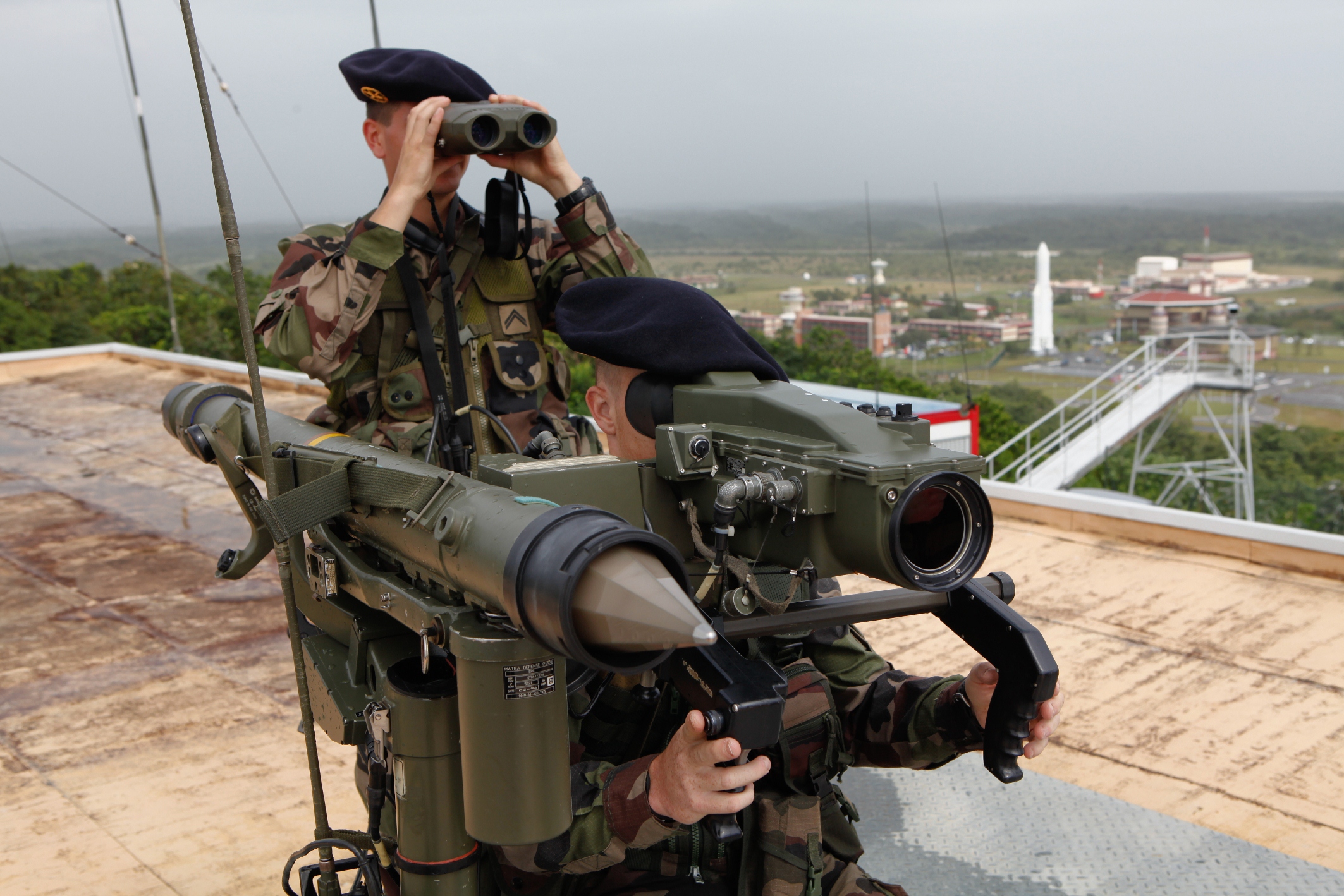
France is making a strategic push to leverage India’s growing defence manufacturing capabilities. This move aims to establish a long-term partnership focused on co-production and export of weapon systems.
The French government is actively encouraging its Military-Industrial Complex (MIC) to explore partnerships with Indian private companies. The goal is to manufacture French weapons in India, specifically for export to third-party countries.
Continue readingSOURCE: RAUNAK KUNDE / NEWS BEAT / IDRW.ORG
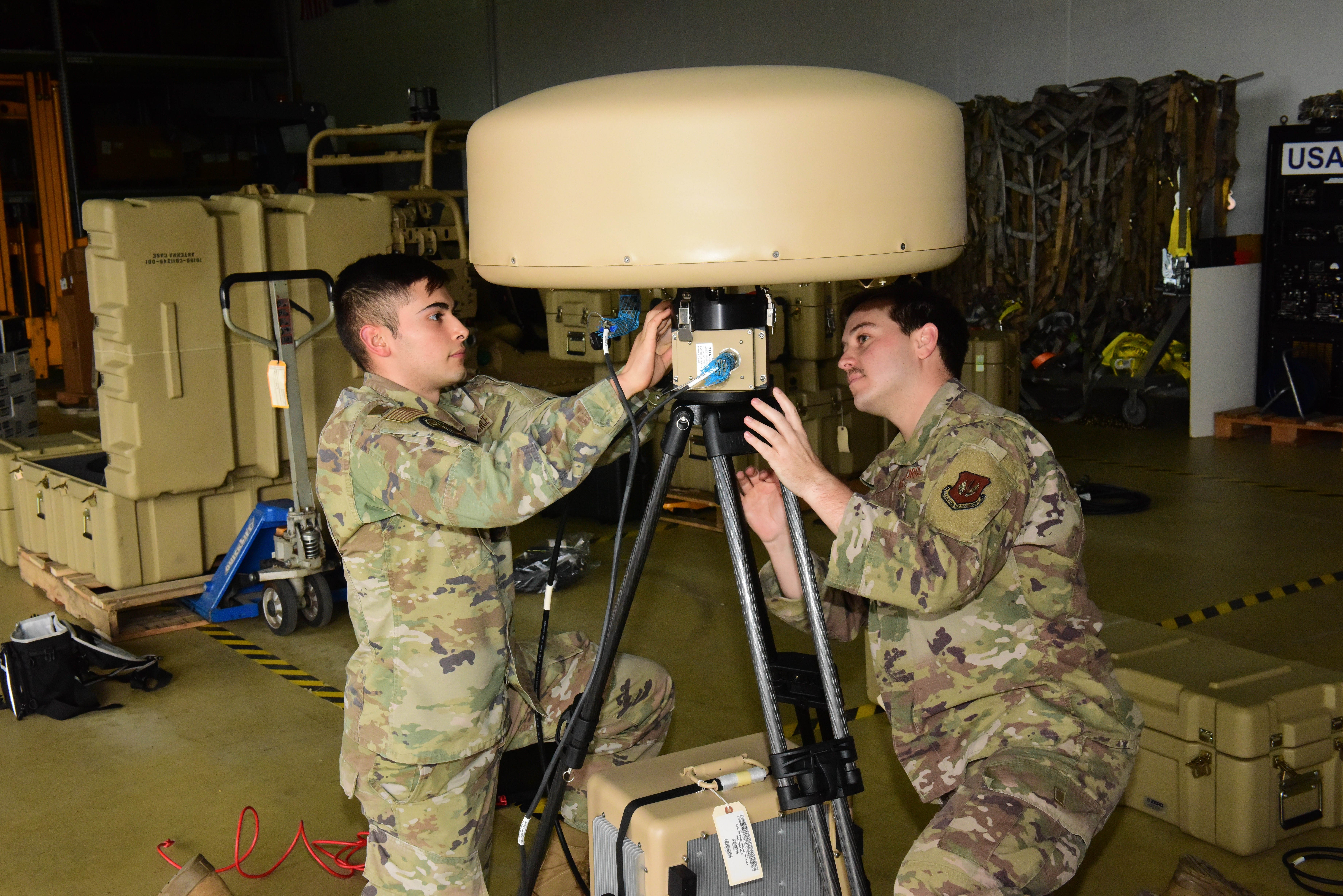
NIBE Ltd has secured a significant business agreement with Thales USA to supply the Indian Navy with the MM-7000 TACAN (Tactical Air Navigation) equipment and related services. This state-of-the-art system promises to revolutionize navigation capabilities for the Indian Navy.
The MM-7000 TACAN system boasts a unique feature that sets it apart from previous iterations – its convenient man-portable configuration. This innovative design makes it the lightest, smallest, and most mobile TACAN ground station currently available.
Continue readingSOURCE: IDRW.ORG.

India’s Defence Research and Development Organisation (DRDO) is bolstering the country’s missile defense capabilities with the establishment of a new test centre in Junput village, West Bengal. This project comes in response to the increasing demands on the existing Integrated Test Range (ITR) located in Chandipur, Odisha.
The new facility in Junput, strategically situated on the Bay of Bengal similar to Chandipur, will provide an additional operational area for testing various weapon systems. Latest satellite imagery reveals significant progress at the Junput site, particularly the construction of a launch pad. This launch pad is specifically designed to fire target ballistic missiles in support of upcoming tests of India’s Ballistic Missile Defence (BMD) systems.
Continue readingSOURCE: IDRW.ORG.
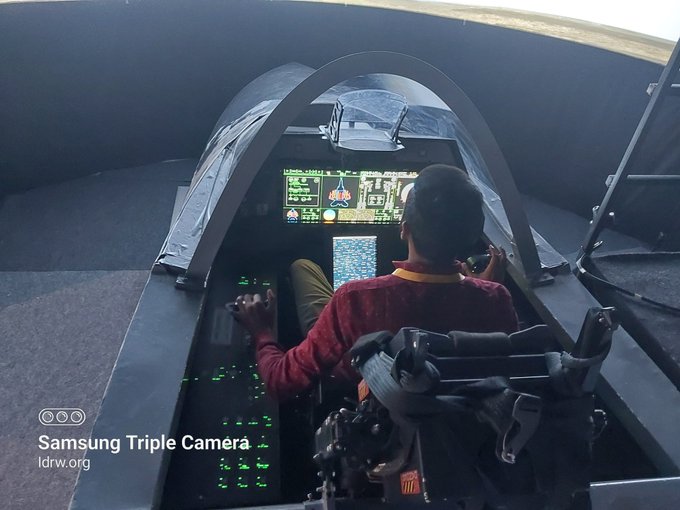
The Indian government’s “strategic partnership” policy aims to invigorate the defense sector by fostering private sector participation through joint ventures with foreign companies. This approach seeks to blend domestic capabilities with advanced foreign technologies to enhance India’s defense production capacity. However, the practical implementation of this policy, particularly the use of Special Purpose Vehicles (SPVs), has led to considerable hesitation among private companies. Several factors contribute to this reluctance, highlighting the need for a more conducive environment for private participation in defense production.
Indian defense projects are inherently complex, involving substantial upfront investments. Technological challenges, protracted development cycles, and uncertain market conditions create a high-risk environment for private firms. The SPV model exacerbates these risks by placing a significant financial burden on private entities. Establishing and managing an SPV requires considerable resources and investment, which can be daunting given the uncertain returns. This financial strain is a critical deterrent for private companies considering entering the defense sector.
Continue readingSOURCE: RAUNAK KUNDE / NEWS BEAT / IDRW.ORG
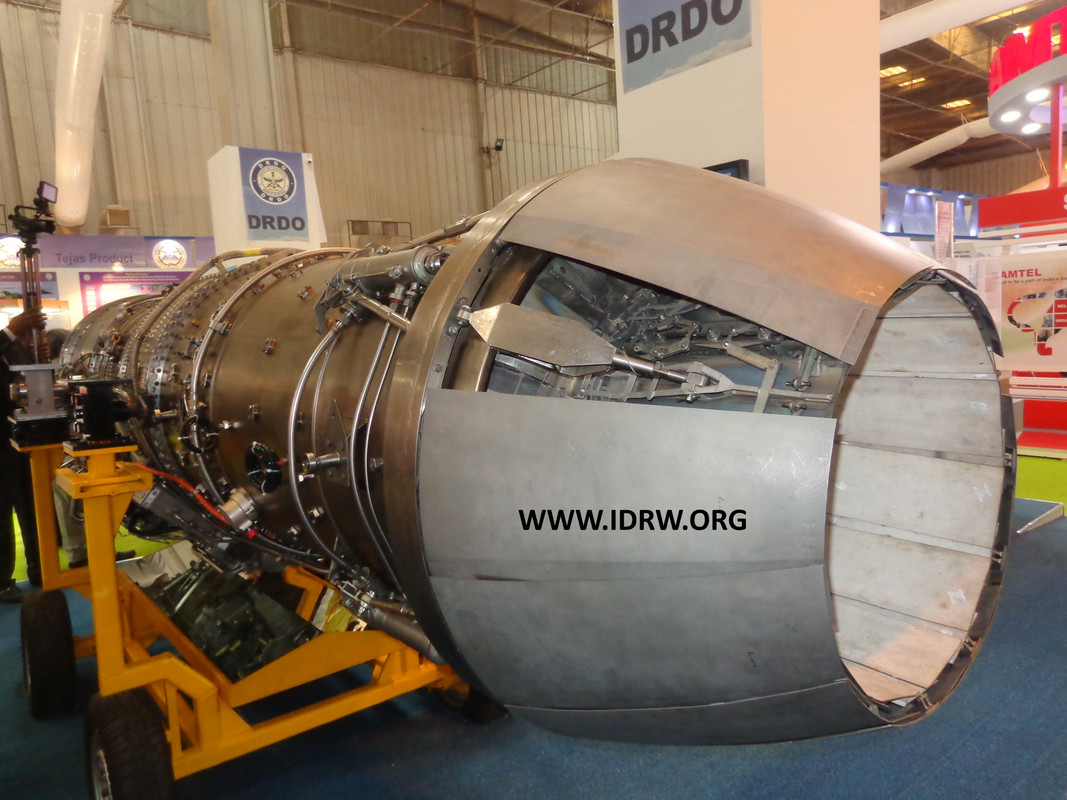
In a significant development, Dr. Samir V. Kamat, Secretary of Defence Research and Development (DD R&D) and Chairman of the Defence Research and Development Organisation (DRDO), has announced plans to integrate a Dry Kaveri engine derivative into the LCA-Tejas Trainer aircraft. This integration will serve as a crucial step in advancing India’s indigenous engine technology, though it is not intended as a replacement for the existing F-404 engines in operational fighter jets.
The integration of the Dry Kaveri engine derivative into the LCA-Tejas Trainer aircraft is part of a coordinated effort between DRDO and the Gas Turbine Research Establishment (GTRE). This initiative aims to utilize the trainer aircraft as a Flying Testbed, enabling extensive testing and refinement of the engine in real-flight conditions.
Continue readingSOURCE: RAUNAK KUNDE / NEWS BEAT / IDRW.ORG

Hindustan Aeronautics Limited (HAL) is gearing up for the commencement of manufacturing for the Saras MkII, a 19-seater aircraft designed to bridge air connectivity gaps in India’s hinterland regions. This indigenous project, spearheaded by the Council of Scientific and Industrial Research-National Aerospace Laboratories (CSIR-NAL), is poised to take Indian civil aviation to new heights.
The project is expected to gain significant momentum later this year with the release of the final aircraft drawings. CSIR-NAL has already placed orders for crucial components and avionics, paving the way for a smooth transition into manufacturing.
Continue readingSOURCE: RAUNAK KUNDE / NEWS BEAT / IDRW.ORG

The Defence Research and Development Organisation (DRDO) has taken a significant step forward in protecting Indian soldiers with the development of lightweight add-on composite armour for the WhAP 8×8 wheeled armoured platform. This innovative technology offers several advantages and positions India at the forefront of indigenous defence solutions.
The new armour, designed specifically for the WhAP, significantly enhances the vehicle’s survivability. When integrated with the existing vehicle structure, it protects against ballistic threats as defined by STANAG 4569 at Level II and Level III. This translates to increased crew safety against a wider range of weaponry.
Continue readingSOURCE: IDRW.ORG.
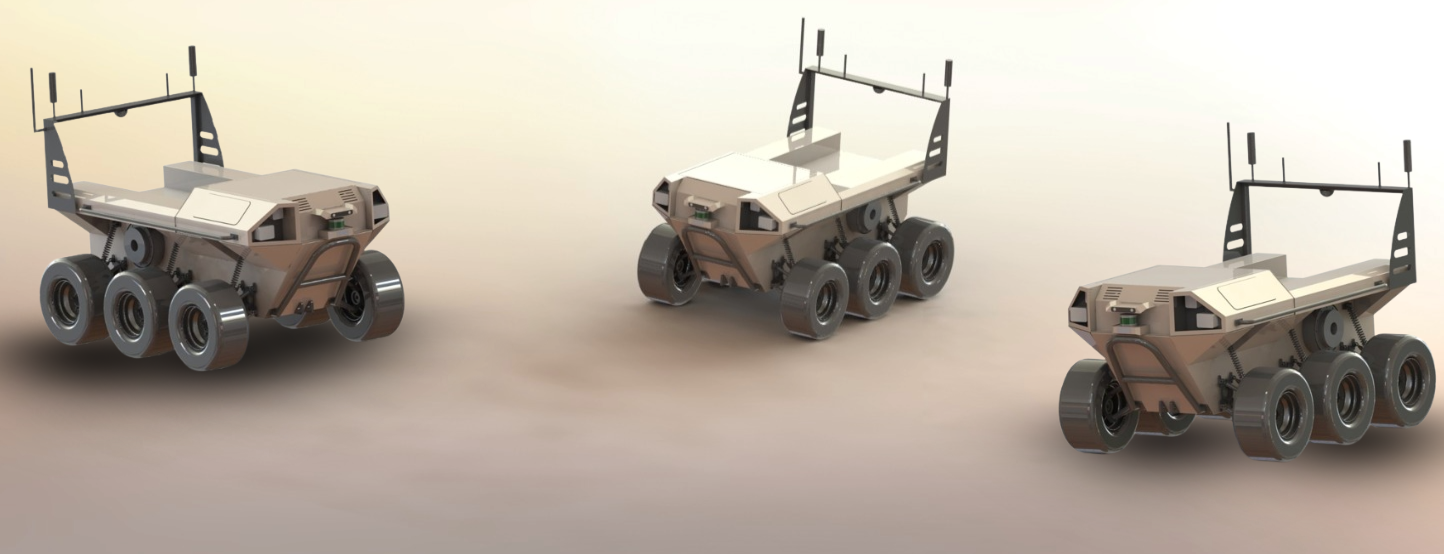
Edgeforce Solutions Private Limited, a Hyderabad-based company, is making significant strides in the field of demining with its innovative Remotely Operated Mine Protected Vehicle (ROMP-V). This unmanned platform holds immense potential for revolutionizing mine clearance operations, safeguarding personnel and enhancing efficiency.
The ROMP-V is a specialized mission support platform specifically designed to tackle the complexities of mine clearance. Remote operation eliminates the need for personnel to enter hazardous minefields, significantly reducing the risk of injury or death from detonations.
Continue readingSOURCE: IDRW.ORG.

Former Indian Air Force Chief, Air Chief Marshal RKS Bhaduria, has shed light on the aerial tensions during the 2021 standoff with China near Ladakh. In a recent statement, he revealed that the Rafale fighter jets, India’s most advanced aircraft at the time, played a central role.
According to Bhaduria, when the situation escalated, the Rafales were India’s strongest aerial defense. He further stated that China responded swiftly to their deployment. As soon as the first Rafale landed in Leh, China reportedly deployed four of their latest J-20 stealth fighters. This tit-for-tat escalation continued, with China deploying 20 J-20s by the time India had positioned four Rafales.
Continue reading